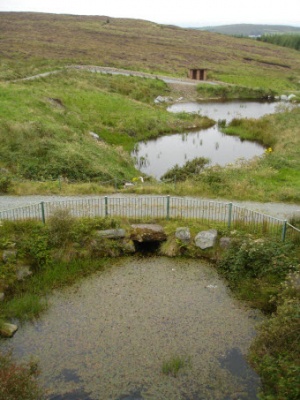Using Science to Support Biodiversity
Lesson idea. This tutorial drives work around a National Park, where student activities might cause damage. A research phase explains what a National park is and we then go on to design an investigation to measure the distribution of plant species across a path. This involves a line transect and an interrupted belt transect which are compared in some detail. Sample results and questions are provided.
Teaching approach. This is an investigation(ta) in a virtual field trip to Dartmoor National Park. It involves research, designing a scientific investigation and analysing the results. (edit)
| Resource details | |
| Title | Using Science to Support Biodiversity |
| Topic | [[Topics/Biodiversity|Biodiversity]] |
| Teaching approach | [[Teaching Approaches/Investigation|Investigation]] |
| Learning Objectives |
|
| Format / structure | A tutorial with web links to explore. |
| Subject | [[Resources/Biology|Biology]], [[Resources/Science|Science]] |
| Age of students / grade | [[Resources/KS5|KS5]], [[Resources/Secondary|Secondary]]
|
| Files and resources to view and download |
|



